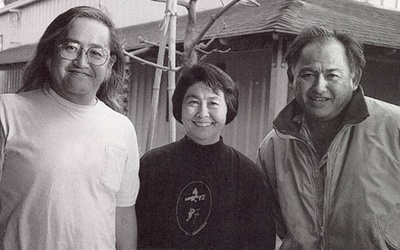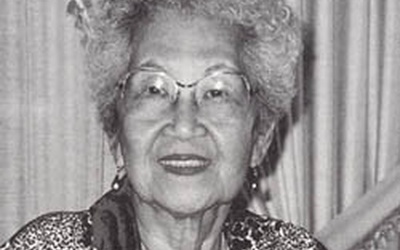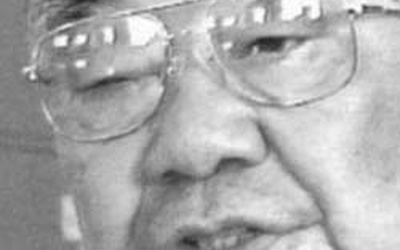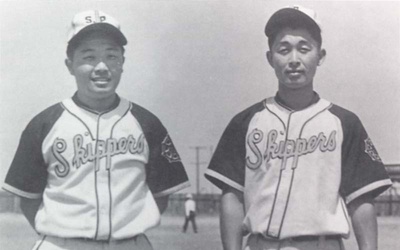Japanese American National Museum Magazine
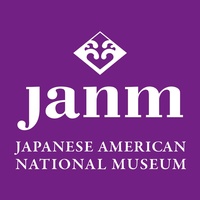
These articles were originally published in the print member's magazine of the Japanese American National Museum.
Stories from this series
The Best Fertilizer is Your Shadow: The Chino Family Farm
May 28, 2014 • Japanese American National Museum
“Chino Ranch Chopped Salad” is featured on the menu at Spago, Wolfgang Puck’s Hollywood restaurant. “Chino Ranch Salad” also appears on the menus of a number of lesser known restaurants, many of which don’t buy their vegetables at the Chino family’s modest stand just inland from Del Mar, California, but don’t mind capitalizing on its renown. This Japanese American family has been the subject of a lengthy New Yorker magazine profile, newspaper articles, and a recent NBC news segment with …
A Different Kind of Approach – A Profile of Yoshiko Uragami
May 22, 2014 • Japanese American National Museum
Yoshiko Uragami is a remarkable woman—though she will deny that there’s anything very special about her, her Nisei modesty can’t hide a powerful spirit and irresistible sense of humor, and her scrap books and photo albums reveal a rich history. Born in a midwife’s house on Crocker Street in Los Angeles’ Little Tokyo in 1918, “when the dinosaurs were still walking around,” Uragami grew up in Southern California. It’s hard for her visitors to believe she’s nearing her 80th birthday, …
From a Life History Interview with SAKAE TAKAHASHI
May 5, 2014 • Japanese American National Museum
The 100th was Formally Organized When the war started, the Niseis who were drafted were already in two Hawaiian National Guard Regiments, the 299th Infantry and the 298th Infantry… The day the war started, they were already deployed because most army and federalized National Guard Units were already on alert… When the war started, they stayed with their respective National Guard Units. And as I understand it, during the battle of Midway, there was some concern about the Niseis who …
More Than A Game – Sport in the Japanese American Community, 1885 to Present - Part 2
May 2, 2014 • Brian Niiya
Read Part 1 >> “BASEBALL SAVED US” The coming of World War II brought upheaval to the Japanese American community. On the mainland, all West Coast Japanese Americans were forcibly removed from their homes and placed in American concentration camps. Though mostly spared such treatment in Hawai‘i, Japanese Americans there faced additional restrictions under martial law. In America’s concentration camps, sport served as a much needed outlet for young and old, male and female, Issei and Nisei. In some cases, …
More Than A Game – Sport in the Japanese American Community, 1885 to Present - Part 1
May 1, 2014 • Brian Niiya
Sport has played a major role in the life of Japanese American communities from the first establishment of those communities in the late nineteenth century to the present. Over time, that role has changed. For the immigrant and first American-born generations, participation in sports was seen as a step towards “Americanization,” while at the same time it served to cement ties within the community. Although outstanding Japanese American athletes have met many discriminatory barriers, many, when given the opportunity, have …
Master Artisans of San Jose: The Nishiura Brothers
April 28, 2014 • Naomi Hirahara
If you’ve ever visited San Jose’s Japantown, odds are you’ve stepped in a building constructed by the Nishiura brothers. Born in Nara prefecture and raised in the shadow of ancient temples, the two brothers, Shinzaburo and Gentaro, learned their carpentry skills from their father Tsurukichi, himself a skilled craftsman. The story of the Nishiura brothers and their superb aesthetic reflects how art is often integrated into our everyday lives, for example, within the buildings where we live, worship, play, and …

